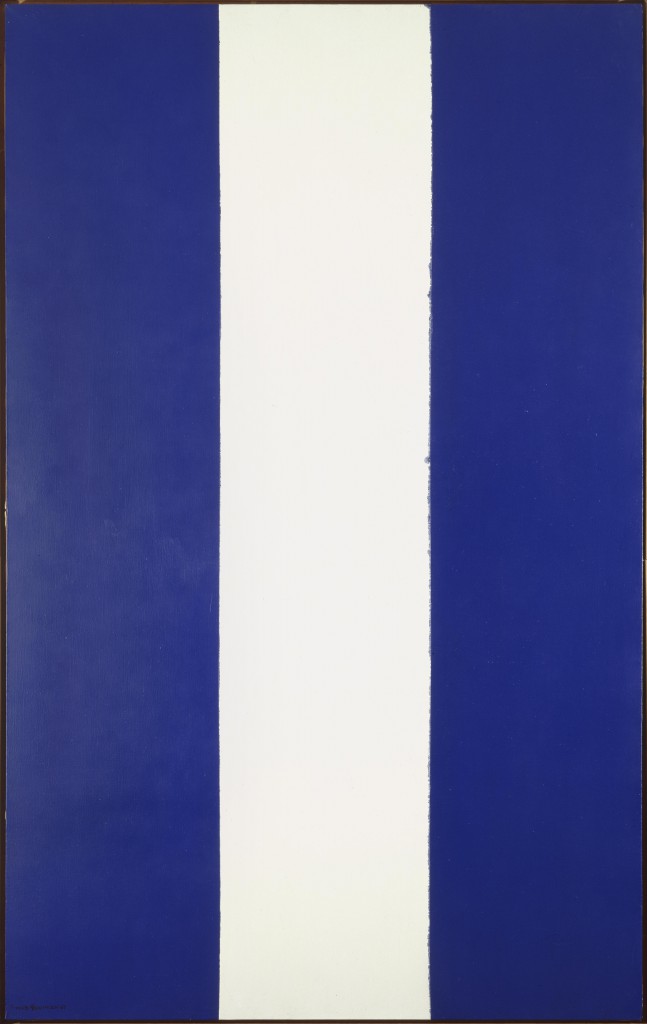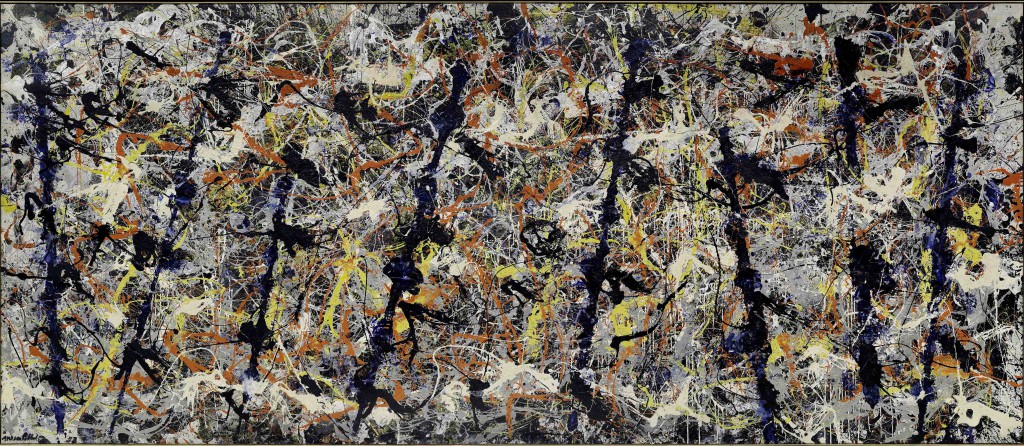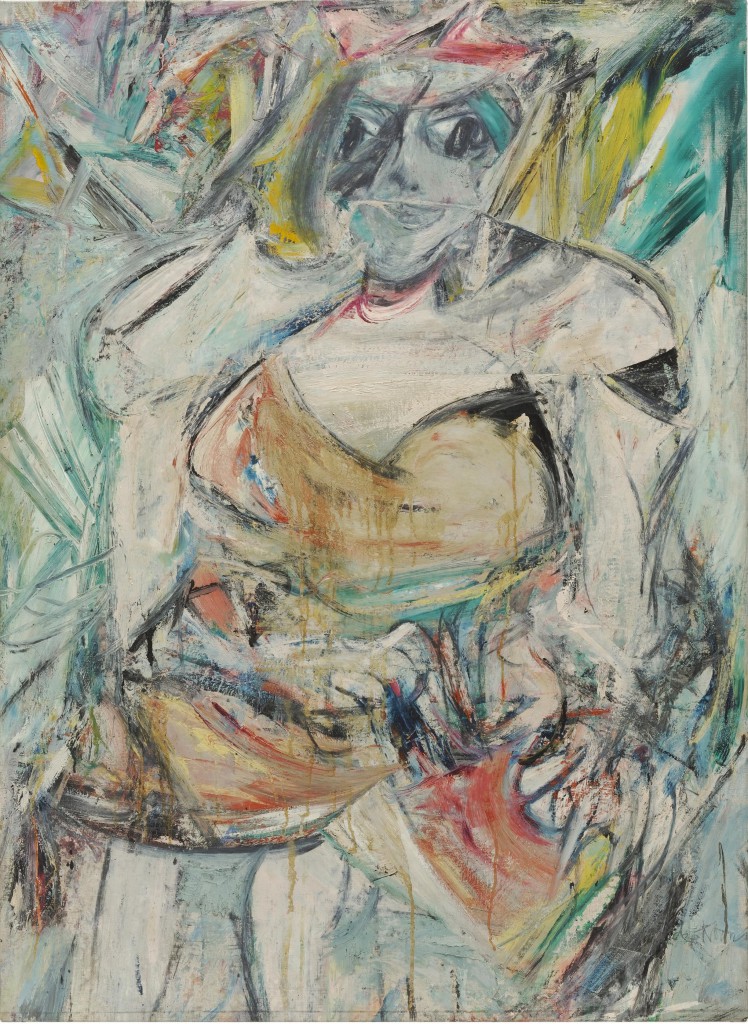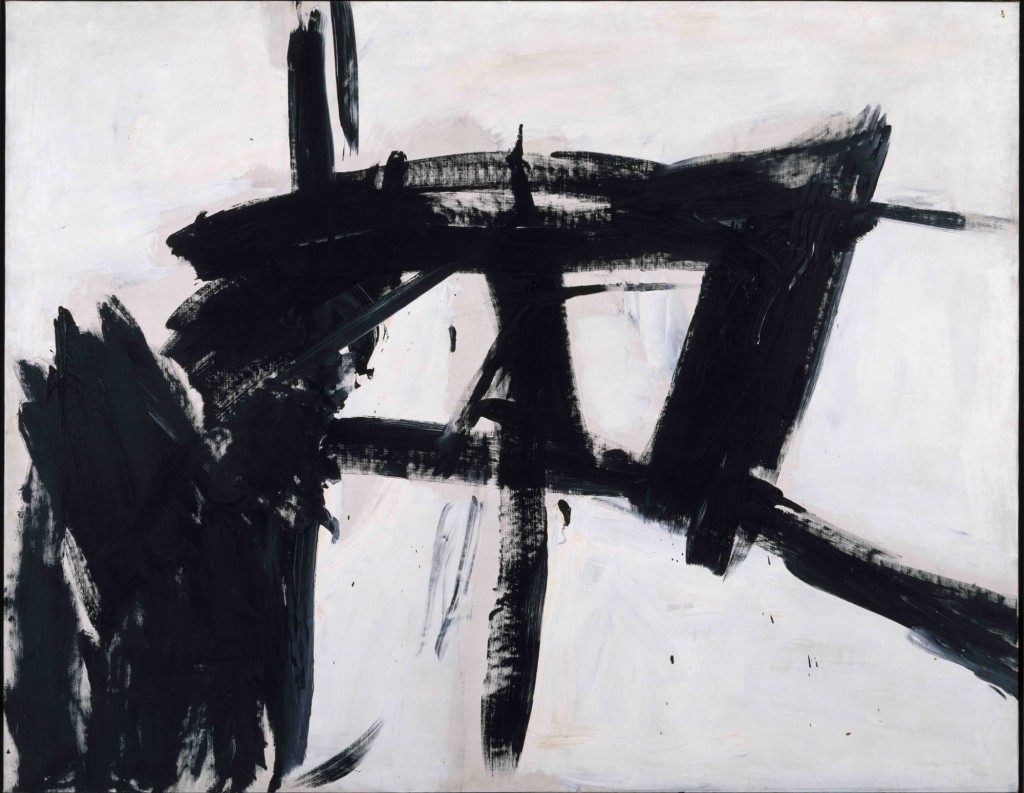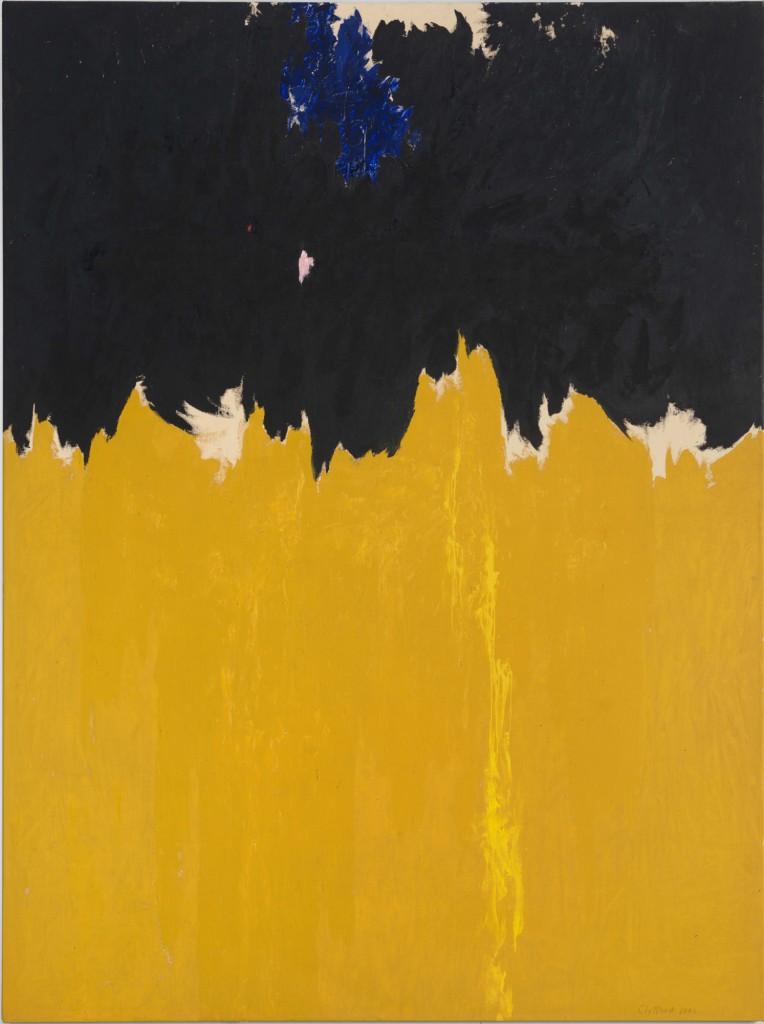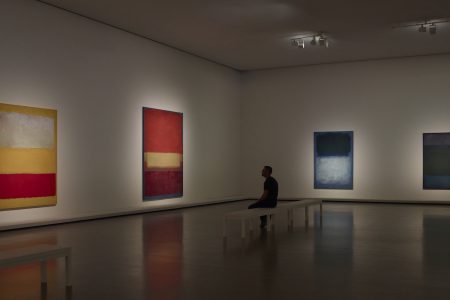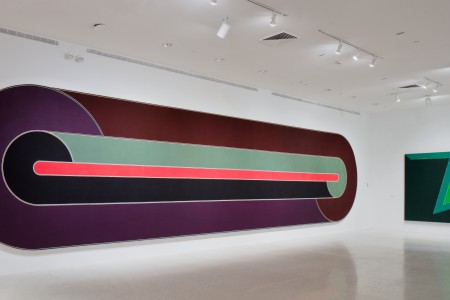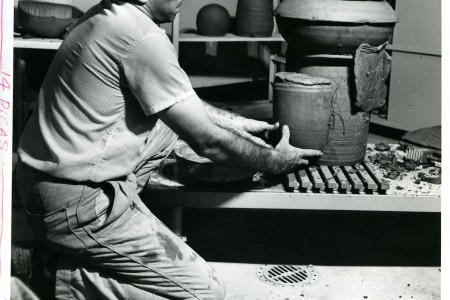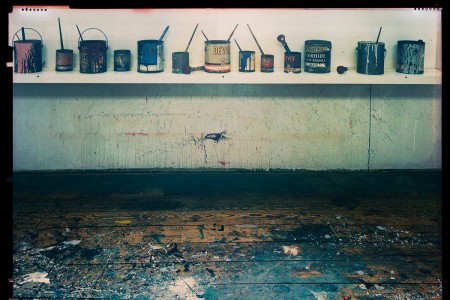Abstract Expressionism at the Royal Academy of Arts
Opening on 24 September, a new exhibition at the Royal Academy of Arts affirms that Abstract Expressionism is as timely and relevant as ever. Even as the largely American movement remains firmly established as a major moment in the 20th century and the context of modernity, so too does new art-historical thinking ensures that it is also open to interpretation.
Known simply as “Abstract Expressionism“, the exhibition marks the first survey exhibition of its kind in nearly six decades. With over 150 works culled from public and private collections worldwide, it goes without saying that many these works have never been exhibited in the same gallery — and that they may never all be in one institution again.
The ambitious exhibition also looks to re-examine and re-evaluate various assumptions about the movemnt itself, by questioning the classic bifurcation into “colour-field” — represented by Rothko, Newman, et al — and “action painting” — Pollock and de Kooning. Similarly, the show breaks out of the New York bubble with inclusion of West Coast artists such as Sam Francis, Mark Tobey and Minor White.
A pair of Pollocks will be traveling from Iowa and Canberra to engage in a dialogue in Mayfair, while nine Clyfford Still paintings will make an unprecedented journey from the artist’s eponymous museum in Denver. The list of artists and works is impressively comprehensive, featuring Arshile Gorky, Phillip Guston, Franz Kline, Joan Mitchell, Robert Motherwell, David Smith, Helen Frankenthaler, Lee Krasner, and many more.
“Abstract Expressionism” is curated by independent art historian David Anfam and Edith Devaney, Contemporary Curator at the Royal Academy of Arts. A fully illustrated catalogue will be published on the occasion of the exhibition, which will be on view from 24 September, 2016 – 2 January, 2017, in London. It will subsequently travel to the Guggenheim Museum Bilbao, where it will be on view from 3 February – 4 June, 2017.
